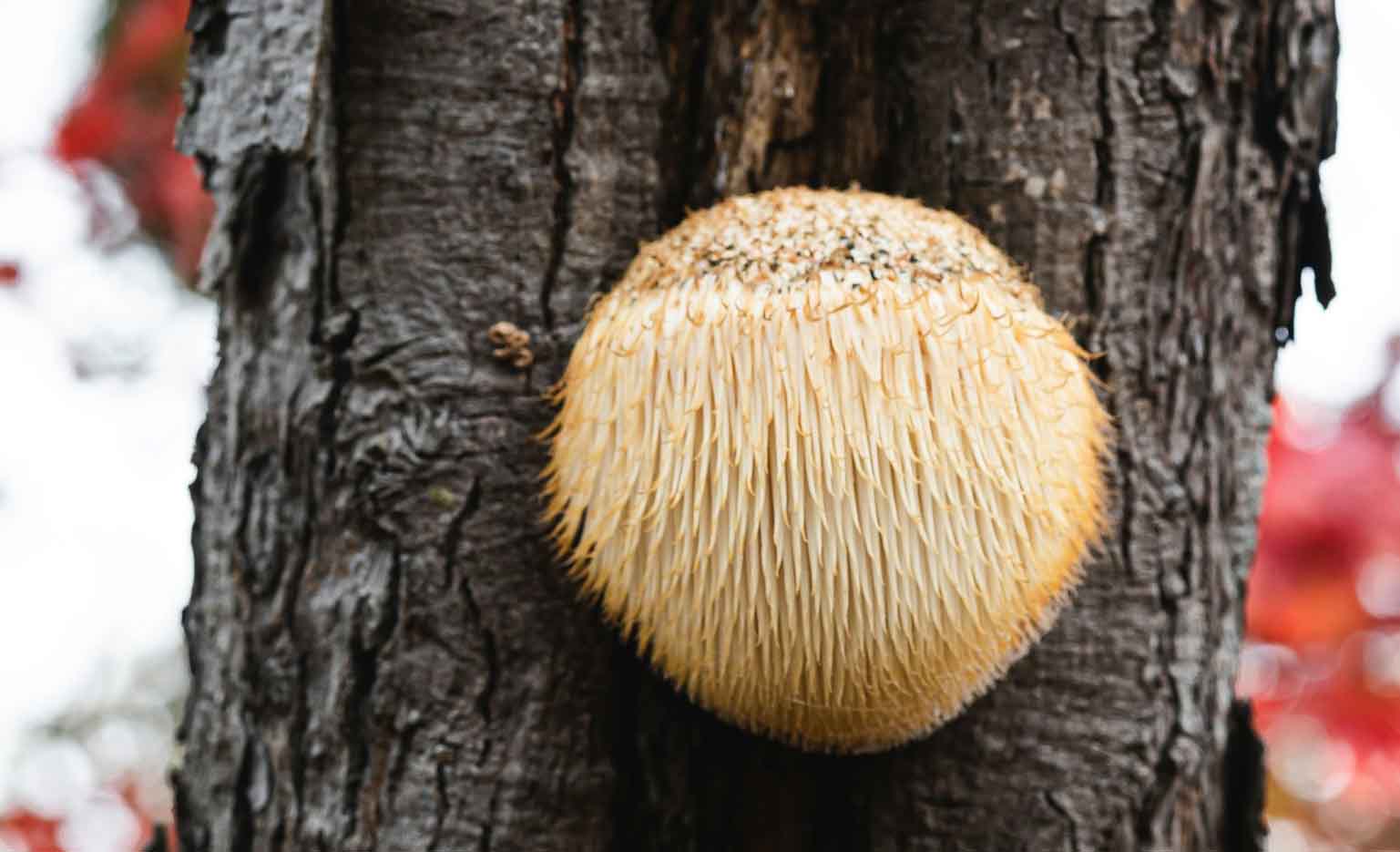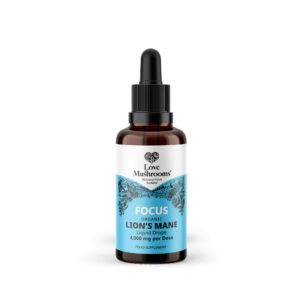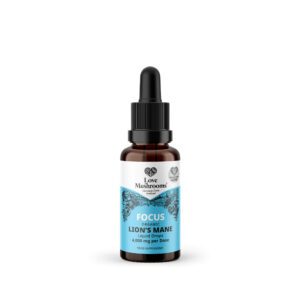[1] Khan, Md.A., Tania, M., Liu, R. and Rahman, M.M. (2013). ‘Hericium erinaceus: an edible mushroom with medicinal values’. Journal of Complementary and Integrative Medicine, 10(1). Doi: https://doi.org/10.1515/jcim-2013-0001.
[2] David, G. & Williams, J. (2023). ‘Lion’s Mane Mushroom- From Culinary to Medicine’. Annals of Innovation in Medicine. Doi: https://doi.org/10.59652/aim.v1i2.55.
[3] Anon, (2021). The Lion’s Mane Fungus (Hericium Erinaceus) Identification. [online] Available at: https://totallywilduk.co.uk/2021/12/16/the-lions-mane-fungus-hericium-erinaceus-identification/.
[4] Rai, S.N., Mishra, D., Singh, P., Vamanu, E. and Singh, M.P. (2021). ‘Therapeutic applications of mushrooms and their biomolecules along with a glimpse of in silico approach in neurodegenerative diseases’. Biomedicine & Pharmacotherapy = Biomedecine & Pharmacotherapie, [online] 137, p.111377. Doi: https://doi.org/10.1016/j.biopha.2021.111377.
[5] Martínez‐Mármol, R., Chai, Y., Conroy, J.N., Khan, Z., Hong, S., Kim, S.B., Gormal, R.S., Lee, D.H., Lee, J.K., Coulson, E.J., Lee, M.K., Kim, S.Y. and Meunier, F.A. (2023). ‘Hericerin derivatives activates a pan‐neurotrophic pathway in central hippocampal neurons converging to ERK1 /2 signaling enhancing spatial memory’. Journal of Neurochemistry, 165(6). doi:https://doi.org/10.1111/jnc.15767.
[6] Chiu, C.-H., Chyau, C.-C., Chen, C.-C., Lee, L.-Y., Chen, W.-P., Liu, J.-L., Lin, W.-H. and Mong, M.-C. (2018). ‘Erinacine A-Enriched Hericium erinaceus Mycelium Produces Antidepressant-Like Effects through Modulating BDNF/PI3K/Akt/GSK-3β Signaling in Mice’. International Journal of Molecular Sciences, 19(2), p.341. doi:https://doi.org/10.3390/ijms19020341.
[7] Kushairi, N., Phan, C.W., Sabaratnam, V., David, P. and Naidu, M. (2019). ‘Lion’s Mane Mushroom, Hericium erinaceus (Bull.: Fr.) Pers. Suppresses H2O2-Induced Oxidative Damage and LPS-Induced Inflammation in HT22 Hippocampal Neurons and BV2 Microglia’. Antioxidants, 8(8), p.261. doi:https://doi.org/10.3390/antiox8080261.
[8] Spelman, K., Sutherland, E. and Bagade, A. (2018). Herbal Medicine for Alzheimer’s Disease: Lion’s Mane (Hericium erinaceus). [online] Restorative Medicine. Available at: https://restorativemedicine.org/journal/neurological-activity-lions-mane-hericium-erinaceus/.
[9] Yang, P-P., CY, L., TY, L. & WC, C. (2020). ‘Hericium erinaceus Mycelium Exerts Neuroprotective Effect in Parkinson’s Disease-in vitro and in vivo Models’. Journal of Drug Research and Development. 6(1). Doi: 10.16966/2470-1009.150.
[10] Diling, C., Chaoqun, Z., Jian, Y., Jian, L., Jiyan, S., Yizhen, X. and Guoxiao, L. (2017). ‘Immunomodulatory Activities of a Fungal Protein Extracted from Hericium erinaceus through Regulating the Gut Microbiota’. Frontiers in Immunology, 8. doi:https://doi.org/10.3389/fimmu.2017.00666.







